Work the Product
The fate of your garden décor inventory may rest on how much you adhere to those familiar lyrics by The Byrds: “To every thing, turn, turn, turn. There is a season, turn, turn, turn.”
Retailer upon retailer we talked to said that to increase your product turn, you must turn your displays. This is not the first time you have heard this, I’m sure. But continually refreshing your sales floor is very important, it’s a subject that retailers must revisit and rededicate themselves to because there are so many priorities tugging at your time. “If sales are not where they used to be, we move in something else. It’s a lot of work but that’s the way it goes,” says Renae Bobbett, owner of Beaver Bark Gift & Garden, Richland, Wash.
Rotating Stock
Rotating your stock is an absolute must-do to maintain or even increase your sales, retailers say. And the garden decor category requires this turn, turn, turn approach much more than your benches of green goods. We have seen specialty retailers tackle the task in two ways.
First, the more sophisticated, left-brain types actually create a plan that generally charts how products will move through their store. For example, a collection of nautical-themed accents may land in a “new items” display near the front door, move to a vignette on the sales floor and, by season’s end, progress to a sales or clearance area. If the items sell quickly, the vignette may expand and become a larger fixture that grows. But as sales slow, you will want to reduce the space you devote to those items. Putting something on sale does not mean hiding it in a corner.
If you just can’t seem to develop a floor plan, you probably fit the second approach. Impromptu, right-brain retailers such as Bobbett change their displays by instinct. That’s the nature of her store. Beaver Bark Gift & Garden sells a variety of themes, colors and finishes. Bobbett’s customers have come to expect inspiring themes staged inside and outside of the garden center.
Visitors to the three-and-a-half-acre site first walk through themed vignette gardens. (Green goods are important visually yet only 10 percent of their sales.) A nautical water feature includes a lighthouse, while an oriental pond features a pagoda.
The garden center can carry the diverse themes inside with horse, dog, safari and shabby chic product groupings. Bears are also popular with this bear-country clientele. And anything to do with grapes or wine appeals as well.
When Bobbett notices sales lagging with one of these vignettes, some of which are supported by colorful walls, she may move the products to another part of the store and paint the wall. Her approach seems to fit the sociology of today’s shopper who, faced with a vast array of choices, expects something different every time she comes into the store.
Beaver Bark pulls off this creative cacophony in a garden center that appeals to the dirty and decorative side of gardening. The offerings span bulk goods and gifts.
“We just set out to be a one-stop shop,” says Bobbett. “He can get concrete and a load of gravel, and she can get an afghan and a candle.” Bobbett’s success ultimately depends on working the merchandise. Creatively. Constantly.
Managing the Merchandise
Trends are still important, but managing the merchandise requires a meticulous watch over the numbers. The buyer who manages the inventory has become as important as the visual merchandiser who makes the store look pretty.
What’s selling? What’s not? The daily watch over your inventory has become as essential as knowing the difference between celadon and granny smith at trade shows.
Steve Echter, co-owner of Echter’s Garden Center, Arvada, Colo., describes his garden center’s biggest challenge as keeping the product selection fresh. “It’s identifying products — what’s selling well and getting more of those things in your store. And then finding out those things that are not selling and getting them out,” Echter says.
Retailers often take risks with new products, experimenting with ideas that will surprise their customers. But they are buying small quantities of these “trend” products. This allows them to be more agile — marking down dogs or reordering popular items.
“If it has to do with decorating the garden, we’re going to be there,” Echter says.
The category did well for Echter’s in 2003 when the region experienced a significant drought. As the sale of green goods declined, hard-good accessories buoyed the business.
But Echter says his selection cannot be as edgy as it has been in years past. “We have looked for more value in the past couple of years,” he says, “realizing people did not have as much disposable income.”
Product Functionality
Product functionality — how merchandise functions in nature and for nature — can be a divisive issue among horticulture retailers. Purists may strive for birdhouses that actually attract cavity nesters, but performance does not rank as high as fashion with consumers, according to our experts. “Garden decor is more decoration and not so much functionality,” Echter says. “You can say you’re putting water out for the birds, but most people are thinking about what appeals to them” in a birdbath.
In the 1990s, when it seemed anything with a price tag would sell, retailers focused mainly on trends and motifs. Malaysian pottery sound exotic? Buy a container full and watch it move. You could stock fountains costing thousands of dollars and actually sell them. Expensive, decorative tabletop from France was not a problem.
Garden centers must work harder at the garden accents category today, as it’s buffeted by price and design competition from chain stores, a suppressed economy and consumer tastes that are more diverse and unpredictable than ever.
You can stock the right trends, but working your displays is simply essential to get those items noticed. For some retailers, if they can just get a customer to notice a product then a sale can be imminent.
“A lot of it has to do with the look of the product,” says Bill Miller, a buyer at The Garden Emporium, Celina, Ohio. He has to stay on his merchandising toes to keep up with his customers’ tastes. “It’s probably 85 percent look. I don’t have to worry as much about functionality. Customers don’t care as long as it looks good.”
His customers want to see old, rustic looks — the kind of distressed metal and shabby chic that has been clinging to trendy status for more than a decade. Looks that evoke Americana do well, not the cold, metallic copper finishes that have caught more recently. He says, “If it’s painted, it’s staying here. It’s not moving.”




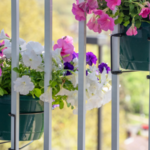

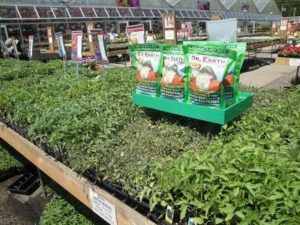

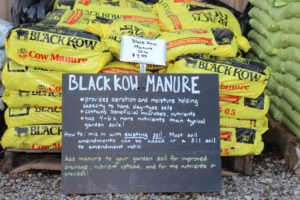
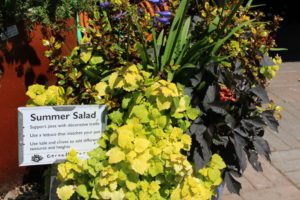
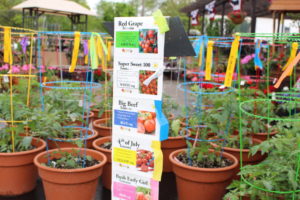
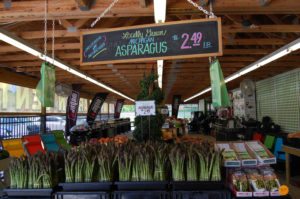
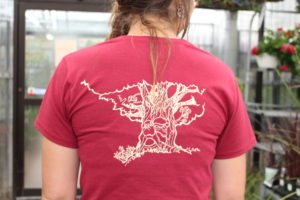
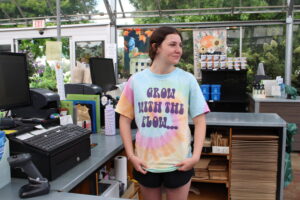
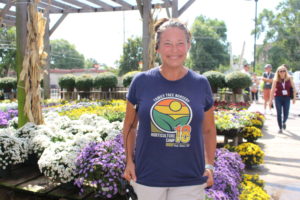
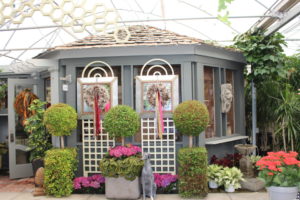
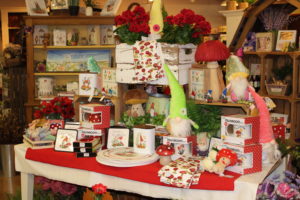
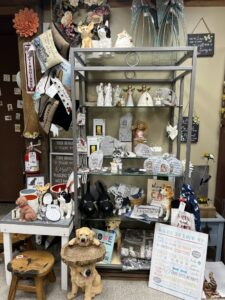
 Videos
Videos





